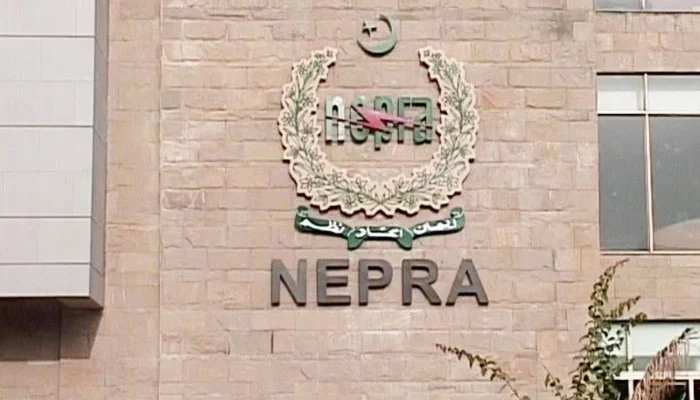ISLAMABAD Pakistani consumers are facing rising electricity rates due to the fact that a large portion of their expenses is being consumed by capacity payments to independent power providers (IPPs).
For the fiscal year 2023–2024, energy costs made up only 29% of the power purchase price, with capacity payments accounting for an astounding 71% of the total. Customers bore the brunt of the burden, as energy costs remained at Rs6.73 per unit and capacity charges skyrocketed to Rs16.22 per unit. Capacity payments are expected to grow by one-third to Rs2.8 trillion for the fiscal year 2024–2025 from Rs2.1 trillion in the current fiscal year. The already heavy weight of these costs on electricity bills is expected to be greatly affected by this spike.
In the course of Thursday’s National Electric Power Regulatory Authority (NEPRA) public hearing, speakers emphasized the negative impacts of elevated electricity costs on industrial processes. Numerous industrial facilities have already closed, and with the impending rate increases, consumption is predicted to decline much further. In their scenarios for the next fiscal year, the Central Power Purchasing Agency (CPPA) projected an increase of Rs5 per unit. Consumer bills will rise by Rs 310 billion as a result of this hike, bringing the predicted overall power purchase price up from Rs 3.28 trillion this year to Rs 3.58 trillion. This amount, which would range from Rs 2.1 trillion to Rs 2.8 trillion, will be largely made up of capacity payments alone.Three new plants were just added to the national grid, demonstrating that the installation of IPPs is continuing despite the growing capacity fees. Because the payments are pegged to the dollar, the depreciation of the rupee makes matters worse financially. Worrisomely, because of existing agreements, even power plants that invested in rupees are receiving dollar-indexed payments.







